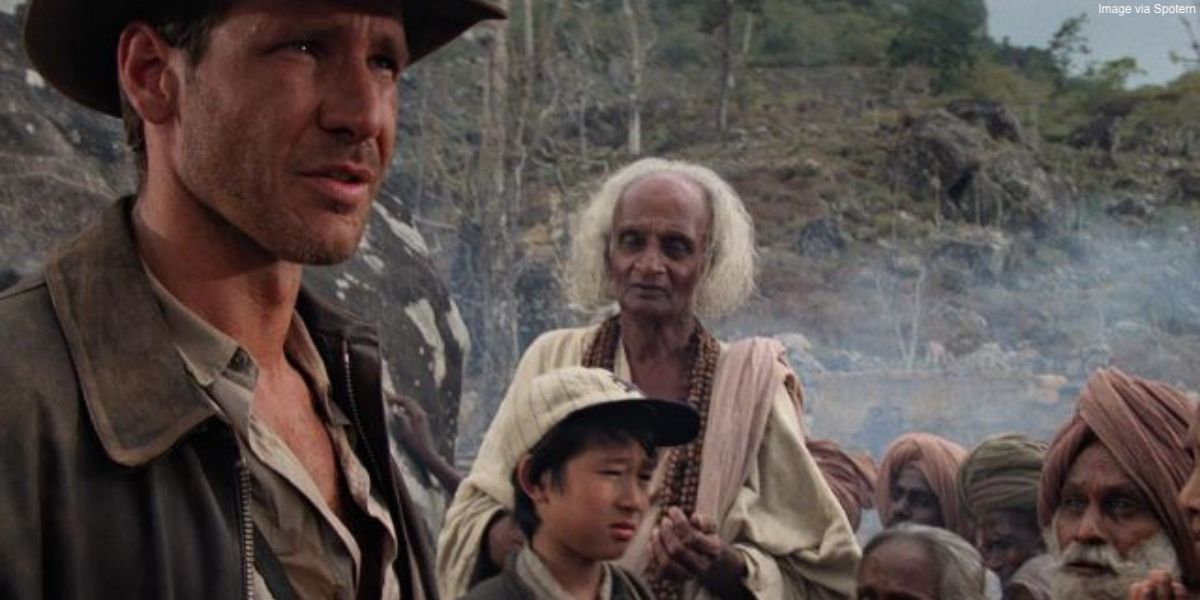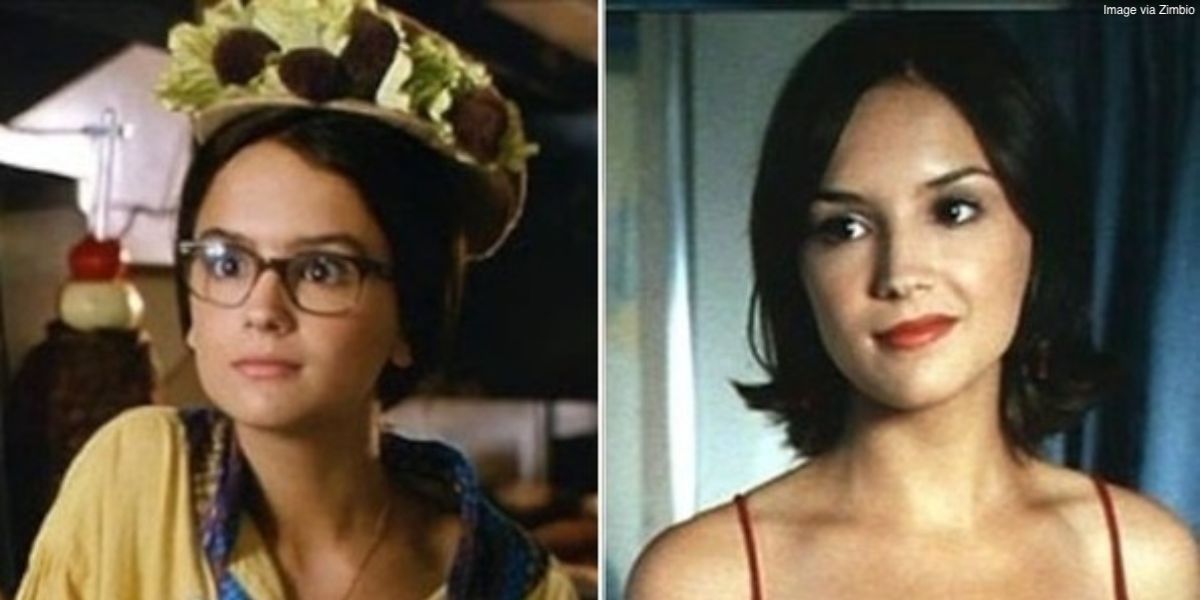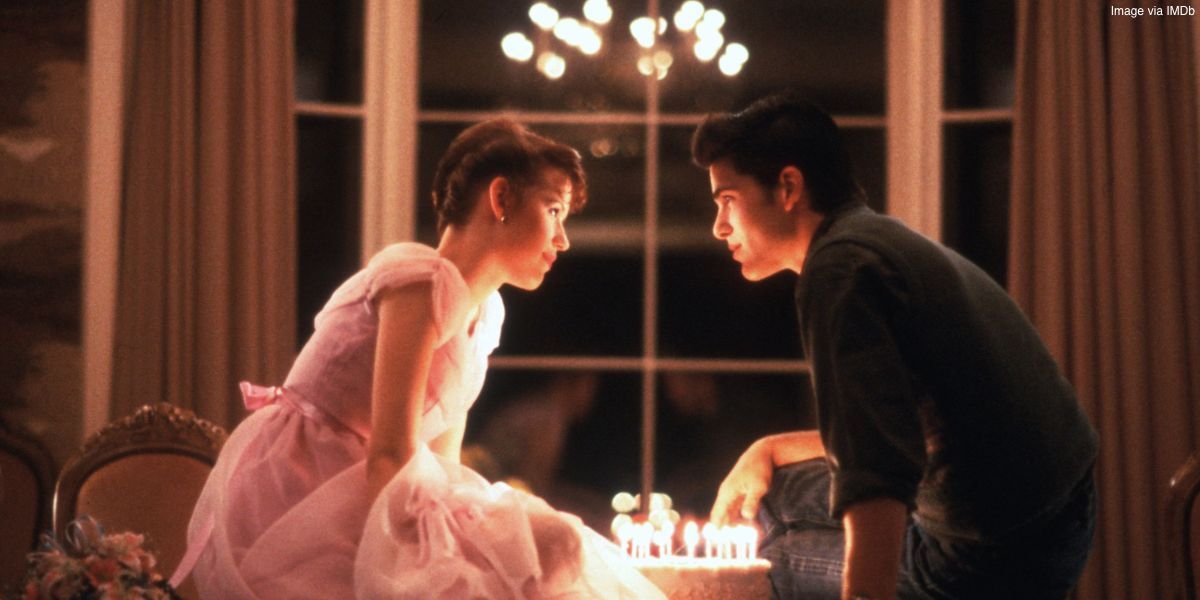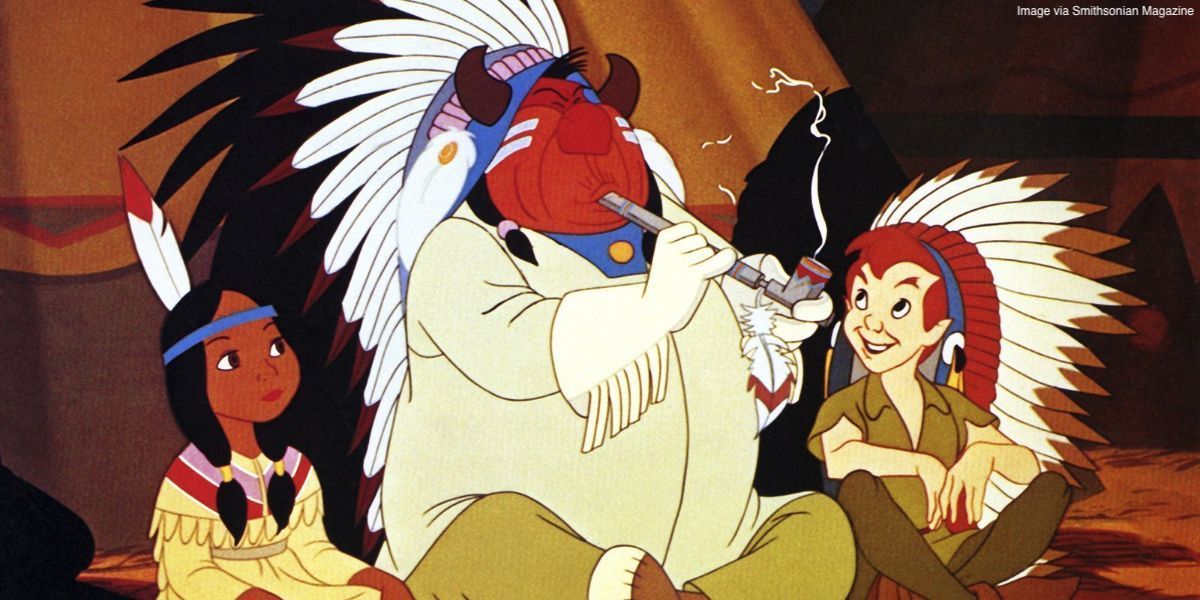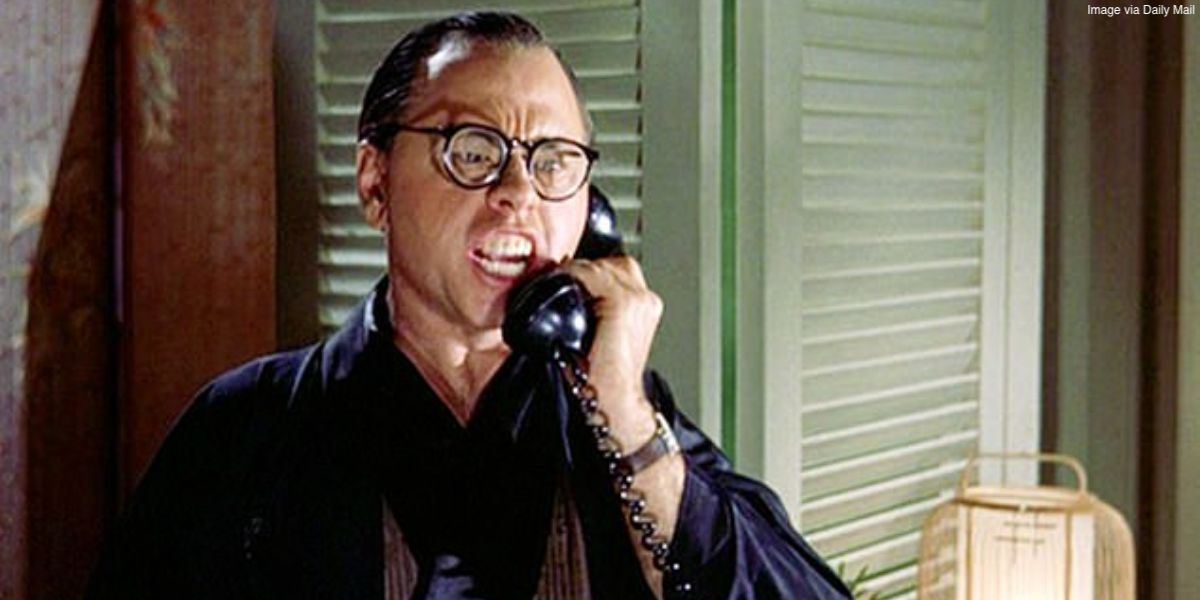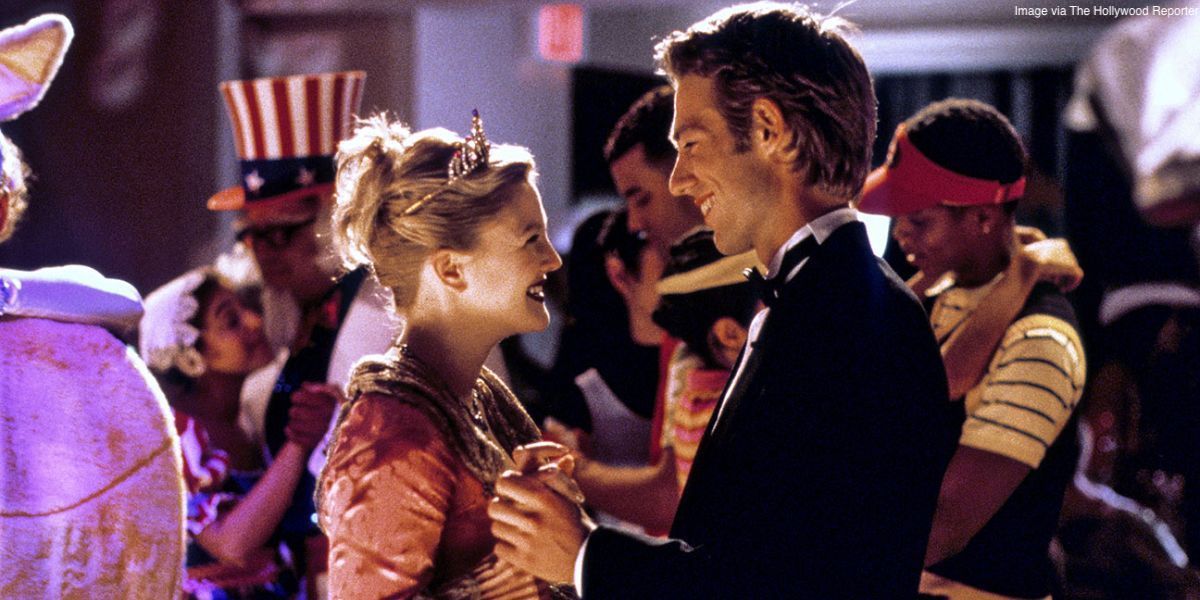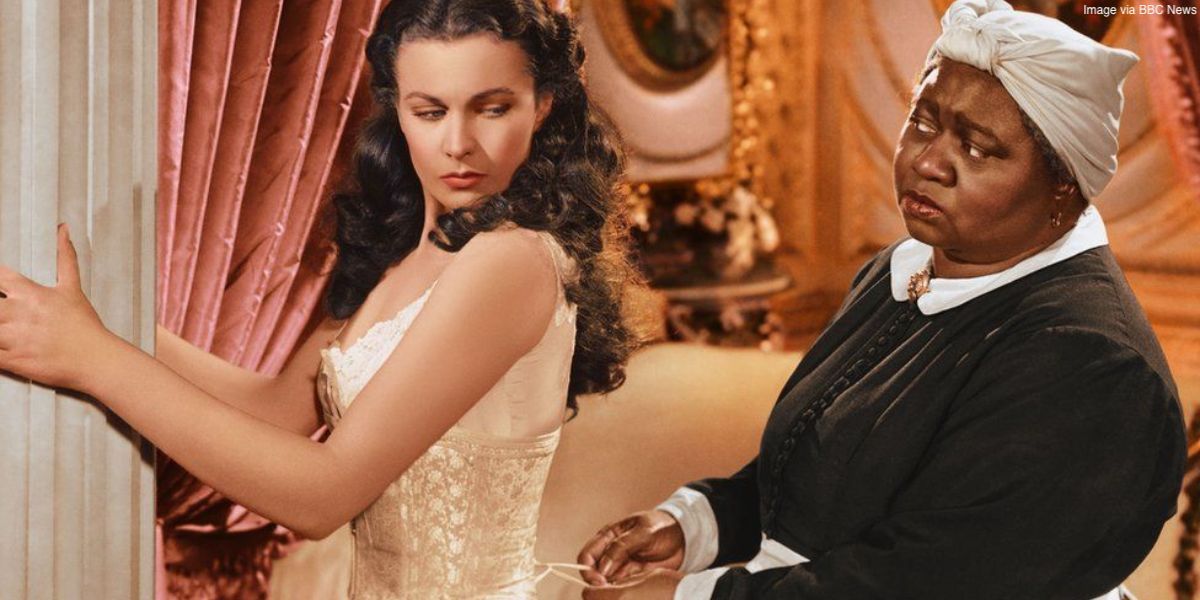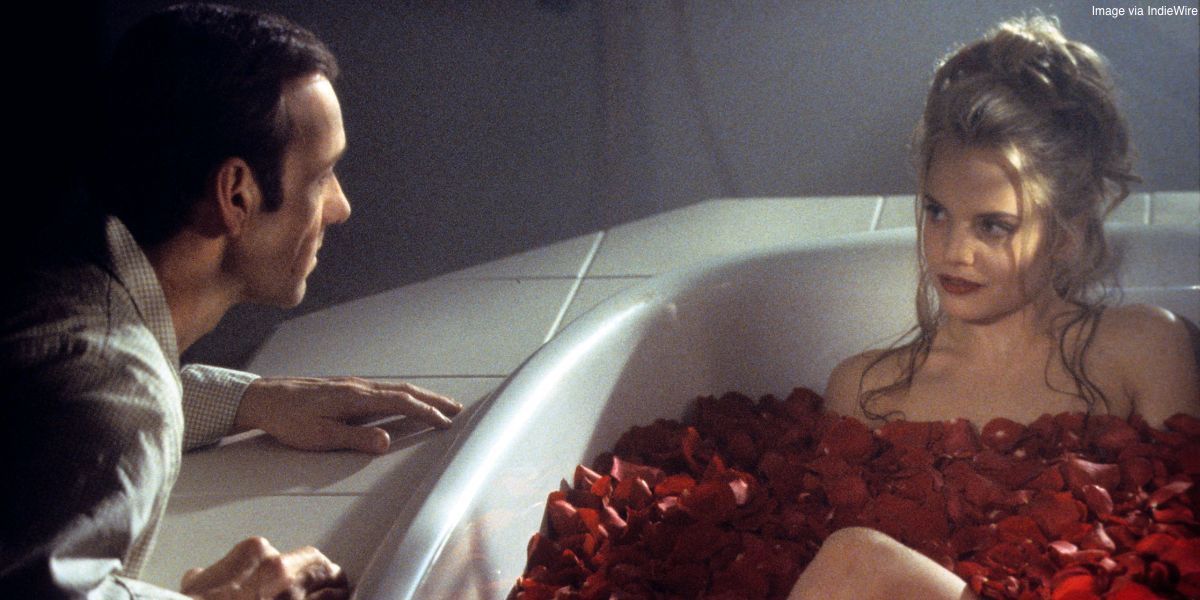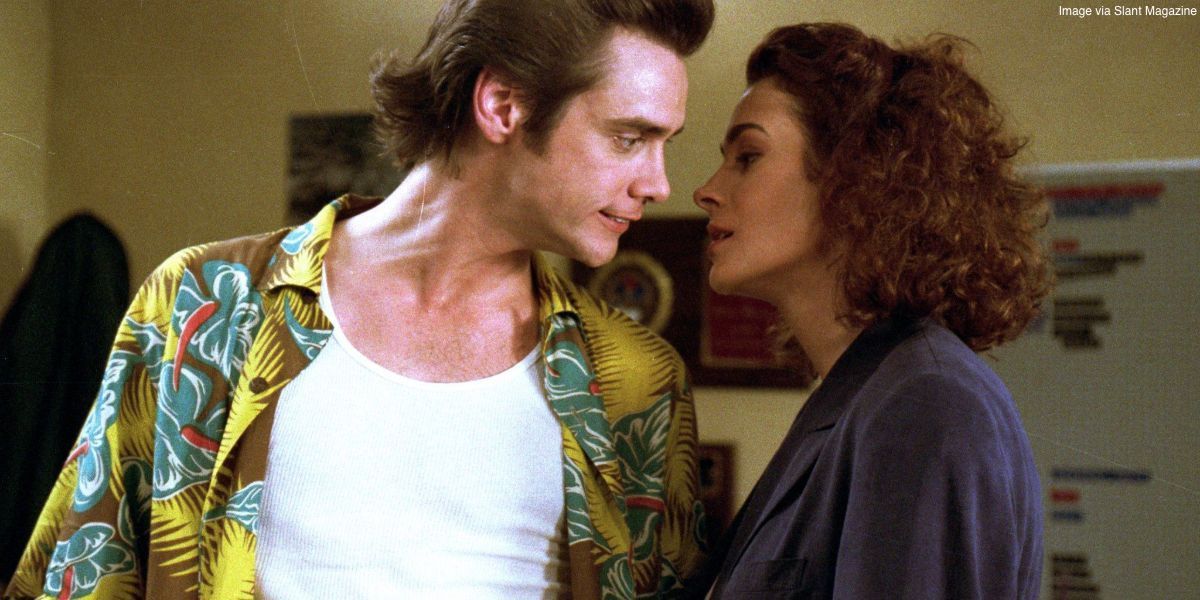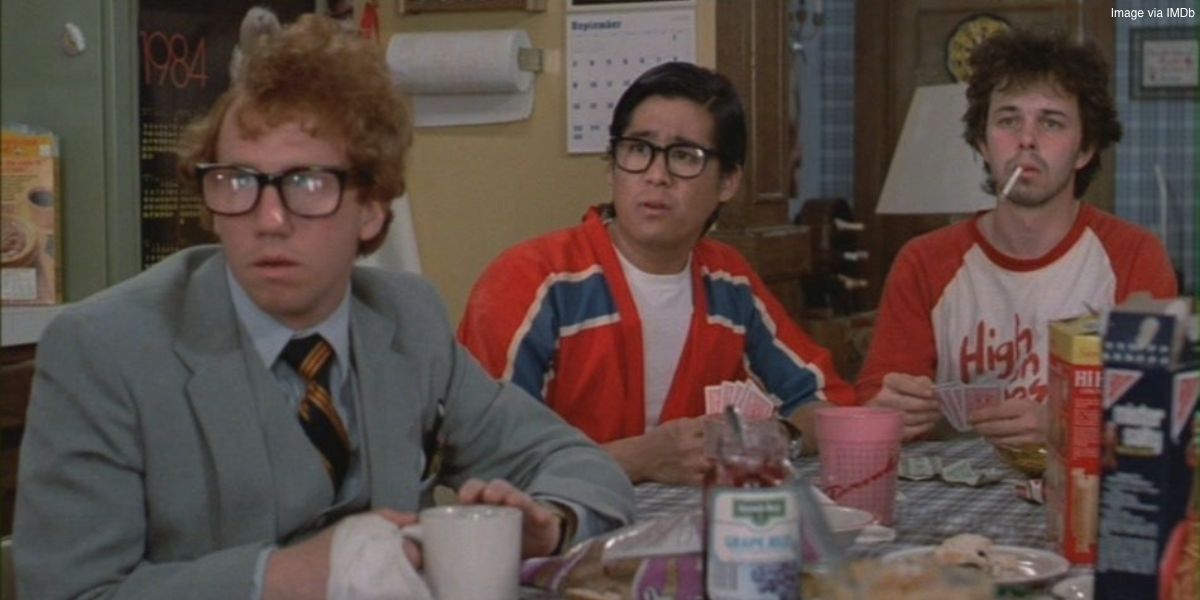The world is constantly making progress and bringing awareness to social issues such as racism, feminism, embracing the Queer community, and more. In recent years, many Hollywood classic films have been brought to light for being insensitive to such social issues.
Films such as the multi-award-winning Gone with the Wind, released over 80 years ago now, considered the depiction of slavery acceptable to show in cinema because of the history of racism during that era. But all of that has changed now. Controversial issues in American classics such as American Beauty, Sixteen Candles, and Breakfast at Tiffany’s have also been questioned and brought to light by contemporary audiences.
‘Indiana Jones and the Temple of Doom’ (1984)
Despite being one of Hollywood’s most famous and successful franchises, the second film of its franchise, Indiana Jones and the Temple of Doom, has been called out for its racist stereotypes of the Hindu culture. There are scenes in the film where Hindus are depicted as human-sacrificing and idol-worshipping people. An article from Little White Lies describes Indiana Jones and the Temple of Doom as a film “made by people who know very little about the culture they are depicting.”
When the main characters arrive at an impoverished Indian village at the beginning of the film, the white savior trope is invoked because the village is “conveniently in dire need of a savior to retrieve their sacred stone.” Not only that, the trio protagonists are served live baby snakes, beetles, eyeball soup, and monkey brains. Later, the leader of the supposed “cult” performs a human sacrifice by ripping out a man’s heart with his bare hands.
‘She’s All That’ (1999)
The '90s romantic comedy classic follows the story of a seemingly “unattractive girl” into a beautiful prom queen. The running plot line alone already speaks volumes about its misogynistic beliefs that women have to look a certain way to be recognized. The main character, Laney Boggs (Rachel Leigh Cook), gets teased about her looks and personality and later wholly transforms herself to impress a man (Freddie Prinze Jr.).
In one scene, a male character also attempts to sexually assault a female character after prom, but this was played off as a joke. Although She’s All That is still widely loved and considered a '90s classic, many aspects of the film are questionable and haven’t aged well.
‘Sixteen Candles’ (1984)
Sixteen Candles is a coming-of-age comedy film that follows the story of Samantha "Sam" Baker (Molly Ringwald). She is hopeful that her 16th birthday will start a new chapter in her life, but her birthday is forgotten and overshadowed by the wedding of her older sister, Ginny (Blanche Baker). The '80s classic is still beloved by many, but it had many elements in the film which were not properly thought through.
One of the minor characters, Long Duk Dong (Gedde Watanabe), a Chinese foreign-exchange student in the film, was portrayed with racist stereotypes; he gets confused by the standard American food and utensils and starts using the fork and spoon, like chopsticks while mystified by a quiche. Furthermore, the sound of a gong accompanies him every time he enters a scene. Martin Wong and Eric Nakamura, the founders of the Giant Robot magazine, which covers Asian and Asian American pop culture, were highly offended by the film. Wong noted, “You're being portrayed as a guy who just came off a boat and who's out of control. It's like every bad stereotype possible, loaded into one character.” Additionally, there was a scene where Jake Ryan (Michael Schoeffling) sends off an intoxicated young girl who is too drunk to give consent to anything, to be raped by “Farmer Ted” (Anthony Michael Hall), and further adding, “be my guest.”
‘Peter Pan’ (1953)
Peter Pan has chosen to portray the indigenous tribe with racist depictions and stereotypes of Native Americans despite Neverland being a fictional place — meaning “it can’t really be American at all,” as USA Today notes. One of the songs, “What Made the Red Man Red?” has also been accused of using racist, derogatory terms towards Indigenous people in its lyrics, such as “Injun,” “red man,” and “squaw” — directed toward Indigenous women. The song had to be changed to “What Makes the Brave Man Brave?” for Disney’s Peter Pan Jr. stage musical adaptation.
According to Smithsonian Magazine, the tribespeople in J.M. Barrie’s Peter Pan also “communicate in pidgin; the braves have lines like 'Ugh, ugh, wah!' Tiger Lily is slightly more loquacious; she'll say things like 'Peter Pan save me, me his velly nice friend. Me no let pirates hurt him.' They call Peter 'the great white father'.”
‘Breakfast at Tiffany's (1961)
Breakfast at Tiffany’s is perhaps one of the most referenced films in pop culture; even those who didn’t grow up during the 60s often refer to its star actress, Audrey Hepburn (or her character in the film, Holly Golightly), as their style icon. Despite its popularity, the film has been questioned due to its racial description of the film’s Japanese character, I. Y. Yunioshi (Mickey Rooney).
In 1990, The Boston Globe criticized Yunioshi’s character as “an irascible bucktoothed nerd and an offensive ethnic caricature.” He is depicted as a highly exaggerated caricature-like character, and the actor, Rooney, even had to wear makeup and prosthetics to exaggerate his features to a more caricature-like character. The portrayal was also referenced in 1993’s Dragon: The Bruce Lee Story about Hollywood’s racist depiction and attitudes towards those of Asian descent. In the film, Lee’s then-girlfriend, Linda Emery, suggested leaving the screening of Breakfast at Tiffany’s after noticing Lee’s reaction to Rooney’s racist depiction.
‘Never Been Kissed’ (1999)
Drew Barrymore plays the character of 25-year-old Josie Geller, a copy editor for the Chicago Sun-Times who has never been in a real relationship before. She gets assigned by her editor-in-chief, Rigfort (Garry Marshall), to be an undercover high-schooler to help boost parents’ awareness of what their children’s lives are like. While undercover, Josie starts developing feelings for her English teacher Sam Coulson (Michael Vartan) — but what makes the film uncomfortable is that Coulson is unaware that Josie is, in fact, 25 years old and, in reality, not a student but a copy editor.
Later, Josie's brother Rob Geller (David Arquette) helps her out in her mission and goes undercover himself. He becomes popular as the new student and also starts dating a sixteen-year-old girl (Rob is also over twenty years old in the film).
‘Gone with the Wind’ (1939)
Gone with the Wind is a 1939 historical romance epic that follows the story of the idyllic lives of Scarlett O’Hara (Vivien Leigh) and her family while living on their big plantation through the American Civil War and its aftermath. The film is widely known for its controversial depiction of African Americans and whitewashing the issue of slavery.
British Historian David Reynolds noted, “The white women are elegant, their menfolk are noble or at least dashing. And, in the background, the black slaves are mostly dutiful and content, clearly incapable of an independent existence.” Despite being one of the most racially controversial films ever made, Gone with the Wind is still regarded as one of the best films ever made. The film is also credited with the changes in how African Americans are depicted in cinema.
‘American Beauty’ (1999)
American Beauty may have won four Oscars for Best Picture, Best Screenplay, Best Director, and Best Actor, but there’s no going around that the film is about a middle-aged man, Lester Burnham (Kevin Spacey), who experiences a midlife crisis and becomes fixated and obsessed with his daughter’s teenage friend, Angela Hayes (Mena Suvari). American Beauty is seen as controversial because its characters seem to define (or redefine) themselves through their sexuality, such as Lester, who wants to relive his youth through his lust for Angela and the lack of sexual contact with his wife Carolyn (Annette Bening).
More of the problem, though, still focuses on the fact that a much older man is sexualizing and fantasizing about being with a girl half his age (and still in high school). The film does, however, explore other issues such as conformity and repression - things that are very much faced by many worldwide.
‘Ace Ventura: Pet Detective’ (1994)
The 1994 American comedy film Ace Ventura: Pet Detective follows the story of Ace Ventura (Jim Carrey), an animal detective assigned to find the kidnaped dolphin mascot of the Miami Dolphins football team. In one scene, the Miami Police Department Lieutenant, Lois Einhorn (Sean Young), kisses Ace on the lips, and as of this moment, Ace thinks that Lois is a woman. However, he later finds out that Lois, in fact, was part of the football team and identified as Ray Finkle.
In the moment of realization, Jim Carrey’s character says, “That’s it. That’s it! Einhorn is Finkle. Finkle is Einhorn. Einhorn is a man! Oh my God! Einhorn is a man!” He goes into panic mode and proceeds to vomit in the toilet, burns his clothes, and later cries naked in the shower to the tune of Boy George’s “The Crying Game” after realizing that he had kissed a “man” and not a “woman.” This scene is highly transphobic and offensive to the queer community.
‘Revenge of the Nerds’ (1984)
College students Gilbert (Anthony Edwards) and Lewis (Robert Carradine) were evicted from their dormitory when the Alpha Beta jocks takeover their building due to accidentally burning down their own house. The nerds plot an act of revenge after being repeatedly humiliated and forced to relocate to a run-down house. In hindsight, Revenge of the Nerds showed a different side to the typical depiction of how geeky characters are treated in Hollywood movies — for once; they stand up for themselves.
However, the film has been criticized for various issues such as racism, homophobia, and perpetuating rape culture. One of the leading characters, Lewis, tricks a female character named Becky into having sex with him by wearing a Halloween costume while disguising himself as her boyfriend; Decider describes this plot point as "rape by deception or rape by fraud." The nerds also later sell naked photos of Becky. Similar to many 80s films, the film consists of one racially stereotypical Asian character, in this case, Toshiro Takashi (Brian Tochi), who can barely speak English and is the victim of many jokes. The gay character in the film, Lamar Latrelle (Larry B. Scott), is also the punchline to many jokes, and his "overly feminine gay stereotypes" are the only things that define his personality.

.jpg)
